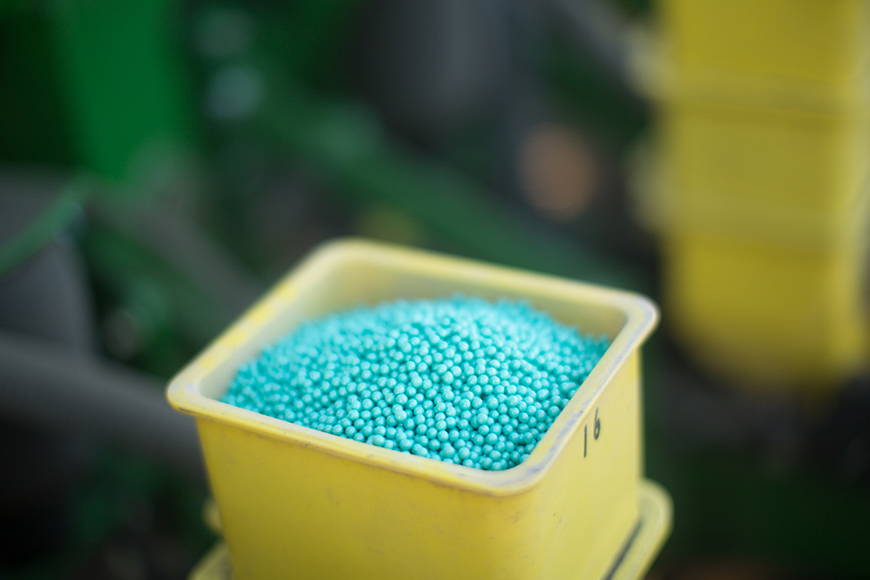Plan for Seed Purchases After a Tough Year

1. Diversify your portfolio.
When you select different hybrids and varieties, you spread risk and mitigate the potential for loss. Because every product has different strengths and weaknesses, it's a good idea to choose hybrids that complement each other from an agronomic perspective. One way to help you make this decision is to use the WinField® United Characterization Charts (CHT Tool). The tech tool visually compares the performance of hybrids from different seed companies based on specific environmental conditions and management variables such as soil type, crop rotation and planting population.2. Choose seed products that match your intended management practices and soil type.
Too often, farmers may be tempted to choose hybrids and then plan their management around them. I think it’s easier and more productive to choose hybrids based on the environmental conditions of your fields and the management practices you’re already employing on your farm. For example, a specific hybrid may be a standout performer in your area based on local yield trials, but you may not be able to replicate those results if your soil type and management practices won’t support top-end yield.3. Manage nitrogen based on soil type and your hybrid’s expected response.
Nitrogen is likely one of your biggest expenses, and managing it more effectively according to the environmental conditions on your farm will ultimately stretch your dollars further. For example, on sandy soils where nitrogen isn’t held in the root zone well, it makes sense to spoon-feed crops throughout the season. In poorly drained soils, where nitrogen is prone to leaching, a nitrogen stabilizer can help protect your nitrogen investment so nutrients are available when the crop needs them. In both of these situations, I’d recommend planting a hybrid with a low response-to-nitrogen score. That can help you focus your nitrogen on hybrids and acres where you’re likely to see the most return on investment potential.4. Manage every acre independently.
Ag technology capabilities like variable-rate planting and variable-rate fertilization have made it easier to place seed and nutrients more precisely to optimize yield potential and help protect your budget. And using crop modeling technology to track your crop’s biomass allows you to compare plant health across fields, helping you focus input dollars more effectively by spending on high-performing acres and limiting your investment on more marginal acres. In addition, understanding your chosen seed product’s response to variables like population, fertility and fungicide gives you the information you need to make the most appropriate decisions in order to manage each acre to its optimal potential.5. Use the right resources to support seed decisions.
Environment plays a significant role in hybrid performance, so making decisions according to the specific conditions found on your farm is essential. Ultimately, successful seed selection comes down to marrying the right products with the right acres and management practices. Using localized field data, like information coming from the WinField United Answer Plot® program, is a good place to start. Local insights from your local seed agronomist or retailer can also help you narrow down seed selection choices. I would encourage you to attend a field day event to see how new genetics are performing so you can get a sneak peek before those products are planted in your fields. The more you know about a seed product, the more likely you’ll be successful in managing it.For more considerations on how to approach seed selection this season, talk with your locally owned and operated WinField United retailer.
All photos are either the property of WinField United or used with permission.
© 2019 WinField United. Important: Before use always read and follow label instructions. Crop performance is dependent on several factors many of which are beyond the control of WinField United, including without limitation, soil type, pest pressures, agronomic practices, and weather conditions. Growers are encouraged to consider data from multiple locations, over multiple years, and be mindful of how such agronomic conditions could impact results. Answer Plot® and WinField® are trademarks of WinField United.

